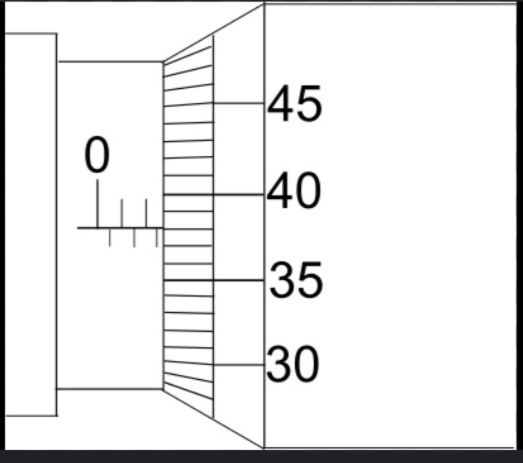Young's modulus of a copper wire RQP
1/7
Earn XP
Description and Tags
Method, vocabulary, apparatus and safety notes for A-level determination of the Young modulus by a simple method required practical.
Name | Mastery | Learn | Test | Matching | Spaced |
|---|
No study sessions yet.
8 Terms
Outline apparatus for the simple method.
G clamp
Wooden blocks x2
Copper wire
pointer/marker
pulley and clamp
100g weights and hook
metre ruler
micrometer
bench/table
Outline a method (for the simple method)
Measure the diameter of the copper wire used. Take repeat readings and find an average.
Set up apparatus with copper wire secured to wooden blocks on bench with a G-clamp.
The wire must be pulled taught over a pulley with no mass on it.
Measure the original length of the copper wire. Take repeat readings and find an average.
Mark a reference point with tape on the ruler, preferably at the beginning of the ruler scale.
Record initial reading of this reference point
Add 100g mass onto the hook
Read and record new reading of tape marker
Repeat method, adding 100g mass each time
Record total mass, load and extension in a table.
Safety hazards
Masses falling and damaging the floor or falling on someone
Copper wire breaking and injuring someone
What are the units of Young Modulus?
Pascals

Label the divisions of the micrometer and their scale.
each big division is 1mm (0.1cm), the halfway lines are 0.5mm
on the right, each division is 0.01mm (therefore 40 = 0.4mm)
How to find the Young Modulus of a copper wire from a graph?
Calculate stress and strain for each set of readings.
Plot a graph of stress/strain
Gradient is young modulus.
Risks
Injured foot or leg
Blindness, cuts on body or damaged clothes.
Mitigation for risks and safety hazards.
Wear safety goggles
Keep clear of area when weights are being dropped
Add cardboard boxes to prevent floor from being damaged
Mark out area to keep clear from if weights fall